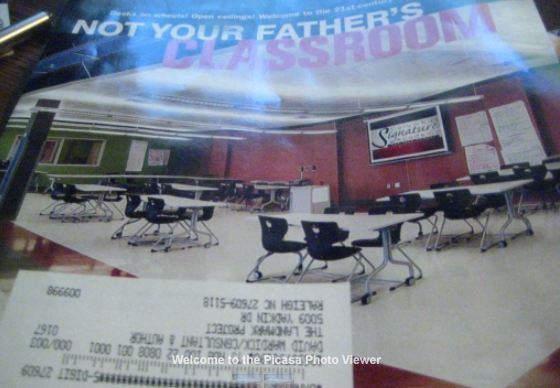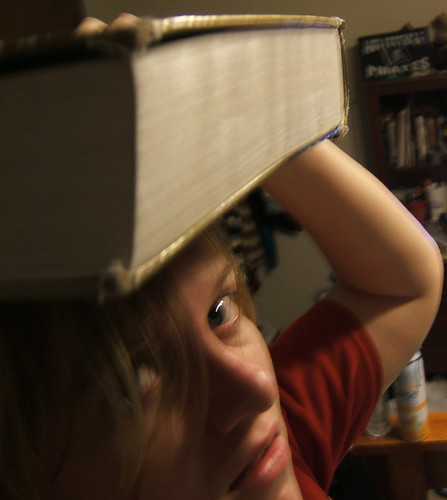I flagged this one a few days ago, Computer Science Courses on the Decline, from THE Journal. It’s based on a survey by the Computer Science Teachers Association (CSTA). According to the article…
The survey, the 2009 CSTA National Secondary Computer Science Survey, collected responses from some 1,100 high school computer science teachers conducted in spring 2009. Of those, only 65 percent reported that their schools offer introductory or pre-AP computer science classes. This compares with 73 percent in 2007 and 78 percent in 2005.
Only 27 percent reported that their schools offer AP computer science. This compares with 32 percent in 2007 and 40 percent in 2005.
I’m probably wrong to feel this way, but the declining number of AP classes doesn’t interest me that much. The more I hear and read, the more I realize that AP has less to do with advance study than with test prep.
The survey also asked participants whether their schools offered computer science content in courses other than introductory or AP computer science classes. Seventy-four percent reported that their schools do, compared with 85 percent in 2007. (Numbers were not available from 2005.) These classes included Web design (67 percent), computer graphics (51 percent), communications (40 percent), programming (39 percent), networking (16 percent)), and applications (11 percent), among several others.
Interestingly, and a shift from the patterns of the past, the number of students enrolling in computer science courses does not seem to have declined. According to the article, 23 percent of participating schools reported increases in enrollment, and 55 percent reported no real change. Only 22 percent reported decreased enrollment.
So what are the causes for a decline in the courses? Thirty-one percent say that NCLB has had a negative impact. Other reported problems were,
..lack of teacher subject knowledge, lack of student subject knowledge, difficult subject matter, lack of student interest, and lack of hardware and software resources.
The top three reported challenges were:
- Rapidly changing technology
- Lack of staff support or interest
- Lack of curriculum resource
CSTA executive director, Chris Stephenson said,
“Computer science teachers are calling out for more effective professional development opportunities, such as workshops, conferences and networking opportunities, to keep up with the state of the field and offer rigorous and challenging courses that engage students,”
The article continues,
The hindrances to professional development cited by participants included facilities and resources, training opportunities, training cost, and, at No. 1, time for training.
OK, time is a biggie. Lack of professional time built into the work day is the great progress killer. But even at that, in this day and time and in today’s prevailingly participatory information environment, not having enough access to workshops shouldn’t prevent a computer science teacher from finding ways to keep abreast of their field.
The number of high school students heading into computer science fields is not what concerns me here. My son has switched majors to computer science, and has decided to take a semester off, because all they’re teaching him is syntax — almost no application beyond simulating random dice throws.
What concerns me is a lack of opportunities for high school students to learn how advanced computer applications (beyond Microsoft Office) can be used in the application of knowledge in biology, physics, medicine, history and sociology, and communication.
An innovation economy is not going to emerge out of more rigorous computer science courses. It’s going to emerge from learners who understand their world and who have the skills to take that understanding to new places. That means being able to work their knowledge.
Powered by ScribeFire.













